LINK TO YOUR PROJECT VIDEO FROM YOUR SCHOOL INFORMATION PAGE

GAMES GAMES GAMES GAMES GAMES
Make Cootie Catchers, Games, Music Games, Memory Certificates, Saying Goodbye to Teacher, Memory Video Project, Collect Childcren's songs games chants, Pre school graduation Party, produce a chatterbox, fortune teller, You May Also Connect Autograph Books to the National Standards:
FINE ARTS: Visual Arts GRADES K - 12 Understanding the Visual Arts In Relation to History and Cultures
LEARN THE FOLLOWING: STATE SONG | PRESIDENTS SONG | STAR SPANGLED BANNER
CHILDRENS LITERATURE: THE ORAL TRADITION - Nursery Rhymes Origins and History
 #NCFR SHARE YOUR PLAYGROUND SONGS AND CHANTS PROJECT
#NCFR SHARE YOUR PLAYGROUND SONGS AND CHANTS PROJECT
Collect what is happening at your school, your playground, or your community!
LINK TO YOUR PROJECT VIDEO FROM YOUR SCHOOL INFORMATION PAGE
USE THE #HASHTAGS SO WE CAN FIND YOUR PROJECT

SAVE THE 84 FOLKSONGS - PASS THEM FORWARD
2016 THE EXTENT TO WHICH AMERICAN CHILDREN’S FOLK SONGS ARE TAUGHT BY GENERAL MUSIC TEACHERS THROUGHOUT THE UNITED STATES By MARILYN J. WARD
Prepare
- Use the Song Catching Worksheet if you are collecting playground chants and songs or stories.
- Capture photos or video of kids playing using your phone or whatever else you want to use
-
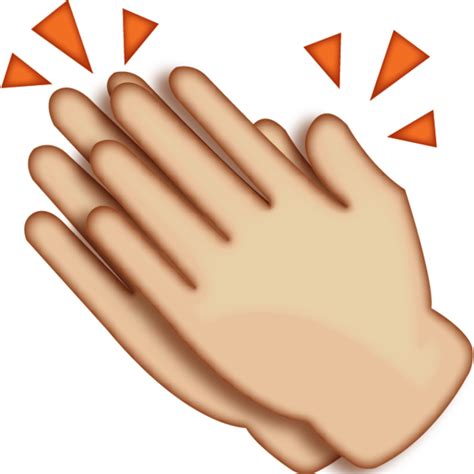 BRING BACK RECESS WE NEED TO PLAY GAMES
BRING BACK RECESS WE NEED TO PLAY GAMES
SHARE YOUR PLAYGROUND RECESS GAMES
LINK TO YOUR VIDEO PROJECT FROM YOUR SCHOOL INFO PAGE
The opposite of play is depression: We are living in a culture of play deprivations.
IMPORTANCE OF RECESS: Anna Beresin was one of 2 guests who was interviewed on Radio Times about her ongoing research with importance of children's play and recess. Was an excellent show with a very articulate.
PLAY IS SERIOUS WORK for the young and old from the novice to the experienced. RESEARCH PDF It's about all the different ways we play to learn. Larger brains are linked to greater levels of play. In other words, playing makes you intelligent. Rich or poor, young or old, male or female, play has evolved to shape the overall architecture and to build big brains, explaining why children need the playground just as much as the classroom.
IMITATION IS THE FIRST IMPULSE SO WE CAN GET IN SYNCH.
Children Learn by Monkey See, Monkey Do. Chimps Don't.
EMOTIONS LOCK IN MEMORY
A specific area of the brain's temporal lobe called the amygdala is the center of emotion in the brain and, it is becoming clear, a very strong tool for solidly hammering in a memory. When the amygdala detects emotion, it essentially boosts activity in areas of the brain that form memories" And that's how it makes a stronger memory and a more vivid memory."
 #NCFR Folklore Project
#NCFR Folklore Project
CLASSROOM ACTIVITY COLLECT EXAMPLES OF PLAYGROUND GAMES
INTEGRATE: #GAMES #TECHNOLOGY #PLAY #HEALTH #MUSIC #LITERACY #READING #POETRY AND #ORAL CULTURE
LANGUAGE IS MUSIC MUSIC IS LANGUAGE ~ Karen Ellis
Promote Children's Playground GAMES - Poetry, jump rope chants, clap pattern chants and songs.
Use technology to save and promote their own games, their own oral culture. Academics state the important role listening to nursery rhymes, and in many cases watching the accompanying actions, help in language acquisition.The ability to listen and discriminate between sounds in the language is an important predictor of children's later success in learning to read, and of course rhymes can play an important part in that. All cultures are hard-wired for the language of music.
Help Build Your School To Be The School You Want It To Be.
YOU CAN
-
COLLECT and VIDEO OF CHILDREN'S PLAYGROUND GAMES, CHANTS, PLAY PARTIES, AND CLAP PATTERN SONGS from the school yard, back yard, neighborhood playground, shopping mall, anywhere you see it.
-
COLLECT OUR AMERICAN VERNACULAR GAME SONGS
-
HELP PROTECT AND PRESERVE CHILDREN'S INDIGENOUS PLAYGROUND GAMES AND ORAL CULTURE
-
Tell your family's story and let Grandmom sing Miss Mary Mack for you the way she used to do it !
-
BE A PATRIOT SAVE OUR HISTORY
THE EXTENT TO WHICH AMERICAN CHILDREN’S FOLK SONGS ARE TAUGHT BY GENERAL MUSIC TEACHERS THROUGHOUT THE UNITED STATES By MARILYN J. WARD
#NCFR GAMES / PROJECT RESOURCES
Nursery Rhymes are the foundation for reading readiness.
Understand the connections between speech, music and reading.
FOUR WHITE HORSES ON A RAINBOW
Greetings All: My name is Karen Ellis. I published a book and cassette titled Domino in 1991 of live sound field recordings; children's songs and chants from the United States Virgin Islands which were collected in 1976 - 1979. It is no longer in print, but plan to publish in the future. This is where teachers have gotten Four White Horses from. Contact me if you want more info. The original words are much sexier :-)
Interdisciplinary connections between Language, Music, Evolution, Reading.
Rhythmic patterns underlie the human language. As language develops some cultures pay attention to the pitch of the word and the rhythm of the word. In all cultures, If it doesn't have the right rhythm nobody will understand.
Nursery Rhymes promote Play for Healthy Development and Reading Readiness.
Why Use Playground Game Chants to Teach Reading
CONNECTIONS BETWEEN EVOLUTION, MUSIC, LANGUAGE, READING.
ORIGINS OF GAMES / FOLKSONGS, NURSERY RHYMES, PLAY PARTIES, AND INDIGENOUS PLAYGROUND POETRY
Online Nursery Rhymes and the Oral Tradition
COLLECT CHANTS / ORAL CULTURE USE NURSERY RHYMES USE PLAY
LORE AND LANGUAGE OF SCHOOL CHILDREN #Linguistics #child-originated culture skip rope songs, counting out rhymes, parodies, singing verses, superstitions
Learn about Language Evolution and Memetics ORAL CULTURE NURSERY RHYMES USE PLAY
USA Jump Rope Games
Hot Topics in Health and PE
"Domino" ©1990 by Karen Ellis
60 Traditional Children's Songs, Games, Proverbs, and Culture From the United States Virgin Islands 45 minute Live Sound Field Recording ©1979 Registration Number TXu 822-111 Cross Curricular, Interdisciplinary, Multicultural Resource. Currently out of print.
Domino plus 60 live sound field recordings. If interested please let me know.

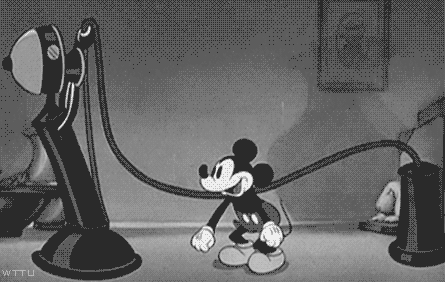


The SE is about bBuilding an economy for people and planet.
Common Good Communities
Are you interested in being able to find worker coops, community land trusts, community gardens, social currencies, credit unions, community banks, and other solidarity economy businesses or practices? You can find them here.
The Common Good system is all about community-centered economic democracy.
11/2021 Nicholas Seppy, a 19-year-old sophomore political science major at Stockton University, easily won a seat on the Egg Harbor school board, promising to bring a fresh voice. His plans for the board are to make vocational training, and civics a priority for the High School Classrooms.
CO OP PROJECT - K-12 teachers throughout the United States have embraced oral history as a way of making classes more interesting, but they have largely approached this through two somewhat divergent means. By far the most dominant has been the effort to develop curricula that teach students how to conduct interviews.
While there are some programs and organizations that have tried instead to incorporate existing oral histories into lessons, the latter is a much less utilized technique. In the first instance, relevant lesson plans are usually developed by individual teachers based on the intent of a class project, but in the second category, it has been more likely that curricula have been created by various oral history programs and archives and then provided to educators as a finished product that they can work into their current plans.
Economic democracy shifts power from big business and big government back to communities, where we know and care more. As a Common Good member, you buy things with your Common Good Card (from participating businesses), get an every-growing zero-interest line of credit, and occasionally move some money into or out of your account.
 #COMMUNITY #STORYTELLING PROJECT
#COMMUNITY #STORYTELLING PROJECT
Albert Einstein ~ "If you want your children to be intelligent, read them fairy tales. If you want them to be more intelligent, read them more fairy tales."
K-12 teachers throughout the United States have embraced oral history as a way of making classes more interesting, but they have largely approached this through two somewhat divergent means. By far the most dominant has been the effort to develop curricula that teach students how to conduct interviews. While there are some programs and organizations that have tried instead to incorporate existing oral histories into lessons, the latter is a much less utilized technique. In the first instance, relevant lesson plans are usually developed by individual teachers based on the intent of a class project, but in the second category, it has been more likely that curricula have been created by various oral history programs and archives and then provided to educators as a finished product that they can work into their current plans.
- Learn about Story Telling Find Websites for Storytellers.
The Oral Tradition, Bards, Ballads, Folk music, Folk Tales, Gossip and Myth used in the classroom.
-
Folklore and folklife are not about the long-ago and faraway but about the power of place and time and the dynamic creativity of traditional culture.
-
Can Your School Tell Us About Their Community?
Help Build Your School To Be The School You Want It To Be.
Use our partner STORYMAP designed for K-12 teachers to help their students experience history through stories.
-
USE THE STORYMAP to upload your video, tell us your story and show us how this is working for the common good.
Professional Story Tellers Who Work for a Living are Freelance Editors.
JOB SKILLS YOU WILL ACQUIRE
- - prepare a Story Telling Timeline and Tools.
- - Background research, proposed questions, and biographical data form
- - Unedited digital audio recording
- - You should have your own equipment capable of producing such documentation [minimum 48/16 or 96/24 wav files ]
- - Abstract of main topics of interview [submitted as electronic file]
- - Field notes [submitted as electronic file]
- - Index of main topics and location [time stamp or time code] within interview [submitted as electronic file]

 HOW TO COMBAT HATE WEBSITES, #FAKENEWS AND THEIR RECRUITING TOOLS
HOW TO COMBAT HATE WEBSITES, #FAKENEWS AND THEIR RECRUITING TOOLS
Folklorists working in education often joke that we are great at stealing each other’s ideas, and we don’t mind a bit. “If you have a good idea, share it” is our guiding motto, and the AFS meetings are a great place to gather purloined ideas for one’s own use.
K12 Classroom / School Activity -- Betty Belarus "Pop Up Exhibition"
Choose a theme and find the ways you can become involved as a formal or informal participant: Read more about Pop Ups
The idea is simple: bring an object (or a few) which follows a theme and be prepared to tell the story of that object to your audience and start a conversation around the story.
Opening Doors, Opening Dialogues: Sharing Cultural Knowledge and Memories from Homelands
What happens when one must leave a "homeland" and establish a new one?
Whether moving to a new town or a new country, or making a life move (such as changing career paths), how do the artifacts that we take with us, whether tangible or intangible, help us hold on to important cultural knowledge and memories, in order to share them with new friends and neighbors while creating a new identity in a new (literal or figurative) place?
This Pop Up Exhibit invites participants and visitors to *open doors* (inviting visitors into the shared space of the small exhibit displays of objects, images and text) and *open dialogues* (using the displays as a means to explore together how cultural knowledge and memories can define and recreate homelands).
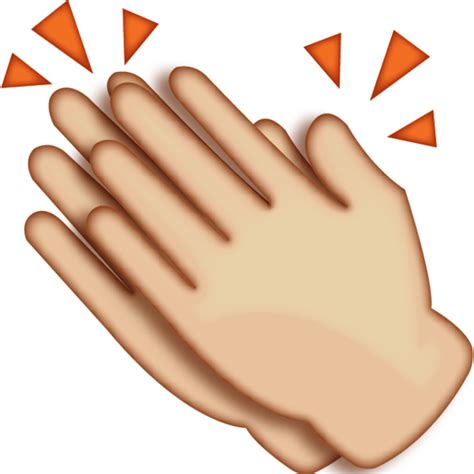 PROJECT: WHAT DOES IT MEAN TO BE AN EDUCATED PERSON?
PROJECT: WHAT DOES IT MEAN TO BE AN EDUCATED PERSON?
SONGS THAT TEACH RESPECT AND TOLERANCE
Folk and work songs always have been windows into culture and history. But many of the Hate songs being sung by "folk groups" at "folk music events" show the Intersection between Cultural Identity and Racist Ideology.
THERE WERE MANY WARS ON TERROR INSIDE THE UNITED STATES AND THEY STILL EXIST
THE CULTURE OF HONOR AND THE ONLY MUMMERS YOU NEVER HEARD OF
- ROUGH MUSIC AND THE KKK
- ROUGH MUSIC - WHO IS A REBEL VS WHO IS A PATRIOT
- INTERSECTION BETWEEN CULTURAL IDENTITY AND RACIST IDEOLOGY
Get Help to Teach Your Songs in Context.
You have to make connections between "disciplines". Do you find the use of the word "darkeys" offensive in Florida's current State Song? The OFFICIAL words are the original words for The Swanee River (Old Folks at Home) authored by Stephen Foster, America's Troubadour and written in imitation of dialect.
2018 'We Shall Overcome' Ruled Public Domain In Copyright Settlement!
The music publishers, who collected well over a million dollars in royalties from the copyright, owe attorney's fees and court costs.
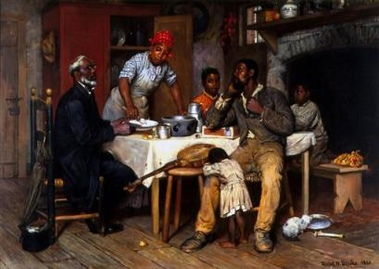
PETE SEEGER: "It was known among the food and tobacco workers, mainly Negro union members. And I heard them singing it in 1947."

It's not how pretty a song is but what good a song does ~ Woody Guthrie
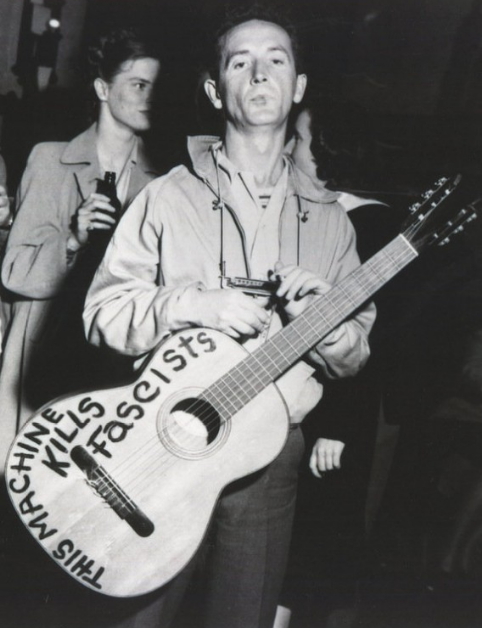
WHAT IS SO BAD ABOUT SINGING KUMBAYA?
Language Arts / Literacy / Linguistics / Dialect Speakers / Reading
More about: Creole speakers Definitions - Dialect Speakers
African American Vernacular, AAVE, Dialect, Creole, Patois, Pidgin, ESL, American Virgin Islands Creole, American Indian words in Louisiana, Dialect Speakers, Irish American Vernacular
"Pete Seeger sings "Kumbaya" and talks about the song's history in 1963.
"Kumbaya"? Why are these politicos invoking a sincere, melodic popular American folk song in a disparaging manner? And it's not just the Republicans. If this nation is not about everyone getting along, what is it about? And read about when singing "Kumbaya" become such a bad thing.
Come by ya A Long Road from 'Come by Here to Kumbaya and About That Song You’ve Heard, Kumbaya. A Simple, Sincere Song Like many political phrases these days, says Richard E. Vatz, a professor of political rhetoric at Towson State University, "Kumbaya" is used "irrespective of its derivation.
 #1 About K12 Curricula
#1 About K12 Curricula
 FIND FOLKLIFE EDUCATION RESOURCES!
FIND FOLKLIFE EDUCATION RESOURCES!










 #NCFR Folklore Project
#NCFR Folklore Project











